Выездной фотографический практикум по Ярославской области
Обучение фотографии с полным погружением. Авторское путешествие по Ярославской области.
Duration 12 days. Dates: 2-13 April 2023.
Dharamsala - Residence of the Dalai Lama - Buddhist monasteries and ancient temples - Himalayan foothills - Majestic nature of India - Institute of Tibetan Medicine and Astrology - Temples of Kangra - Tilopa Cave and Monastery - Indian mountain villages - Colourful markets and small schools - Centres of Tibetan and Indian culture - Sacred cave of Guru Padmasambhava - Sacred Lotus Lake. Holy Cave of Guru Padmasambhava - Holy Lotus Lake - Buddhist Yogis and Tantric Monasteries - Roerich's House in the Nagar Valley - Rural Life - Lifestyle of Indian Sadhus - Golden Temple of the Sikhs in Amritsar - Cremation Grounds - Ancient Temples of Mandi - The Ancient Temples of Mandi - Majestic Himalayan Cedars - People...
Our best, most heart-warming, year-long tour of northern India. If I were asked to name my favourite trip in over 20 years of exploring the world, I would not hesitate to name this one.
You can learn about the world in two ways - with your head or with your heart and soul. Trying to understand India with the head is a waste of time, it is a country that lives in the soul and you can only know it by loving it and letting it pass through you. That is why we are making our fourth trip, where we will not just be observers from the outside, but will try to feel the life, culture, beliefs and traditions of the locals from the inside, to touch them with our heart and soul. To become part of the culture, at least for a while, to try to see ourselves and the world through the prism of the ancient wisdom of the Eastern worldview.
Tour Features:
- Immerse yourself in the culture, ethnography and religion of several states and nationalities of northern India. Tibetans practising Buddhism, Sikhs, representatives of hill villages and towns practising Hinduism.
- The best author's itinerary, refined over the years.
- Immersion in people's lives. A view from the inside.
- An opportunity to take a fresh look at your own health. Make an appointment with a Tibetan Doctor of Medicine to determine your own constitution and receive lifestyle and nutritional recommendations.
- The opportunity to order your own horoscope from the Institute of Tibetan Medicine and Astrology.
- Photography. Practical training, exchange of experiences. Opportunity to shoot your own photo project or story as a result of the trip.
The main experience of our tour in North India:
- Life in Buddhist monasteries.
- The bark around the residence of the Dalai Lama.
- The cave in which Guru Rinpoche meditated.
- The debates of the monks.
- Buddhist pujas.
- The sacred lake Revlasar.
- The tradition of training Buddhist yogis.
- The path and lifestyle of modern sadhus.
- Golden temple of the Sikhs. Sacred ablution.
- Places of cremation. Meanings.
- The colourful closing ceremony of the India-Pakistan border.
- Matha cave temple. A place of pilgrimage for all women who want to have children and have problems with it.
- The life of Hindu temples in India.
- Ancient temples in the mountainous north of India.
- Tea plantations.
- Markets and bazaars in India.
- Traditional arts and crafts of Tibet. Masters of Tanka.
- Cuisines of North India, Tibet, Punjab.
- The Himalayas. Roerich's places.
- House of Roerich and his family.
- Mountain villages with their unique way of life.
- Tibetan medicine. Consultation with a Tibetan doctor. Possibility of a full course of rest and treatment.
- Tibetan Institute of Astrology. Opportunity to get a personal horoscope.
- Tibetan and Indian schools.
- Communication with monks.
- Wildlife of North India.
- Practice of genre and portrait photography. Opportunity to shoot your own photo story.

The tour begins in Dharamsala, the current residence of the Dalai Lama and the world centre for the study of Tibetan Buddhism. We will visit the most sacred places for Buddhists. We will walk the Kora with ordinary Tibetans and interact with Buddhist monks. A magical lotus lake awaits us and we will have the opportunity to meditate in the caves where Tilopa and Guru Padmasabhava themselves meditated. We will attend pujas and attempt prostrations.
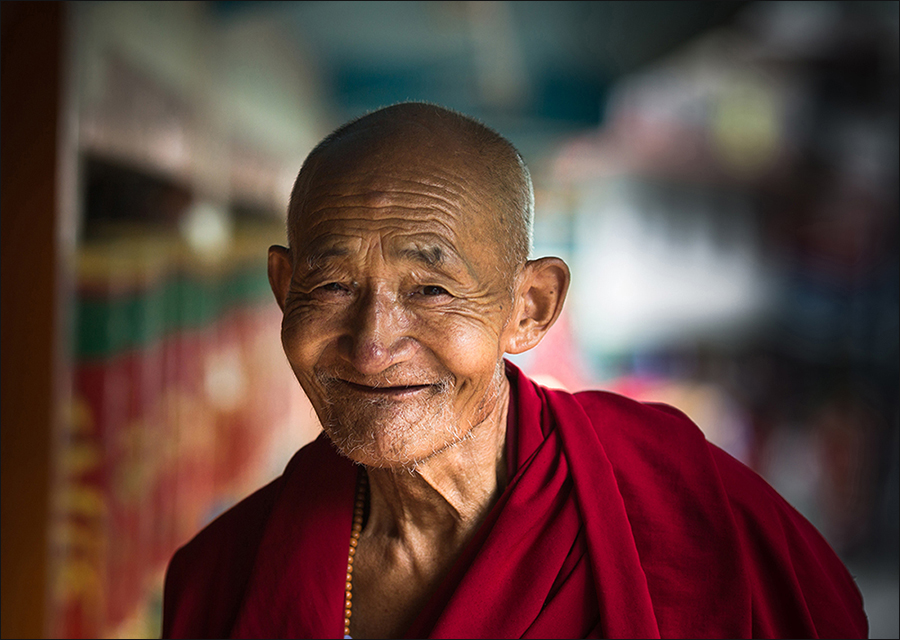
Dharamsala is a unique place for anyone interested in Tibetan culture and Buddhism. There are opportunities to interact with Tibetans and Buddhist monks, including quite learned ones - there are many Geshe - monks who have completed their studies in a particular monastery. You can also get teachings from Rinpoche and other Tibetan lamas, you can experience live Buddhist practices. Debates are regularly held in the Dalai Lama's palace - the practice of Buddhist debate, designed to develop logical thinking, is an important part of the study of Buddhism. It is also very entertaining.
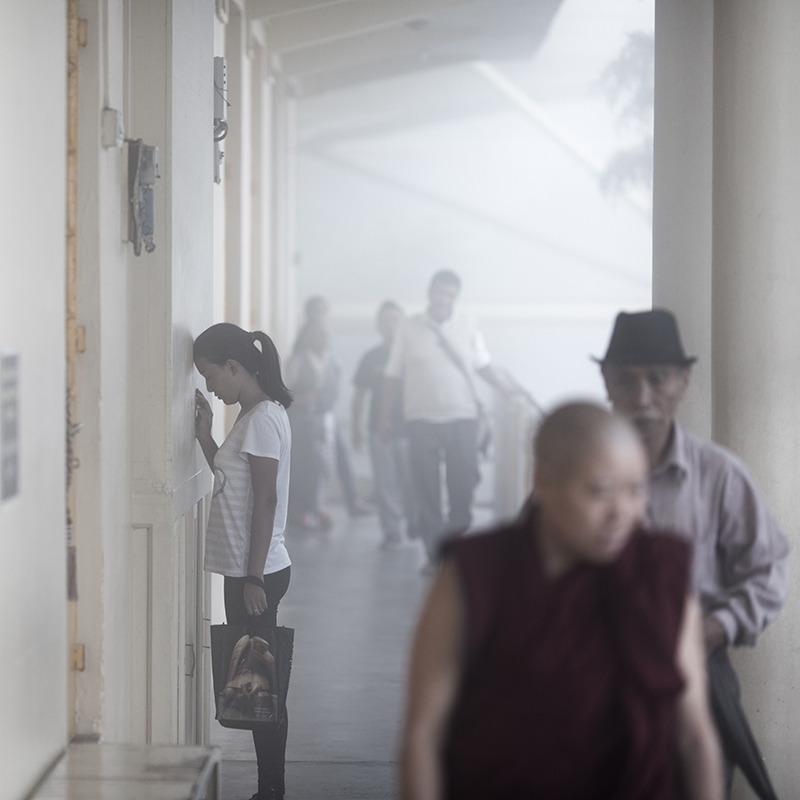
For the photographer and any tourist, it is an opportunity to see, feel and photograph the Buddhist world from the inside. Buddhists are very kind to all people. The itinerary of the trip is designed to allow you not only to see the most interesting things, but also to take the most varied and in-depth photographs. And we will certainly help you with that.
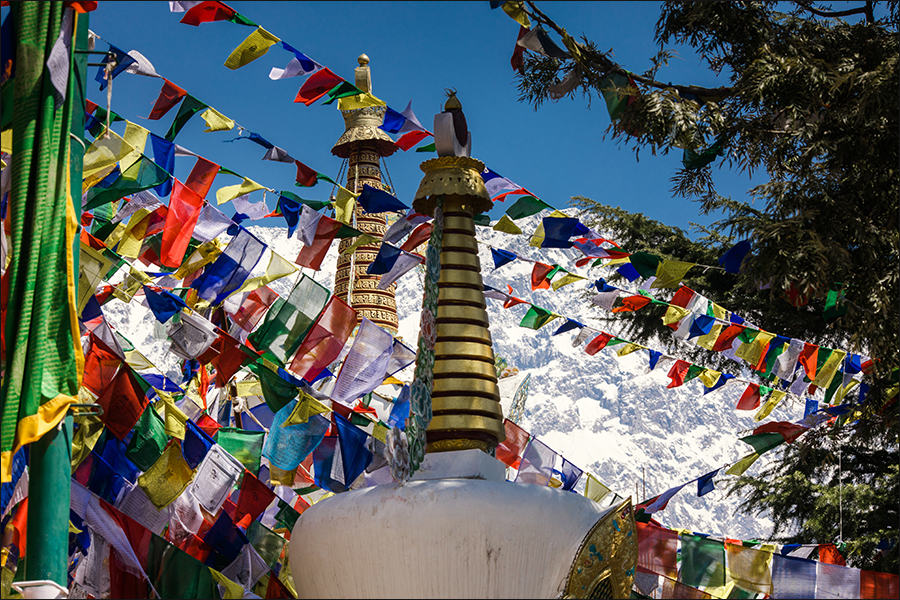
During this trip everyone will have the opportunity to be treated by the best doctors of Tibetan medicine at the Ment-Tsi Khang Institute. Tibetan medicine is not only a unique method of pulse diagnosis, which allows to determine the root causes of human problems, but also a huge experience in treating the most complex diseases using herbs and other natural components. A system of complex influence on the body and consciousness. A way to harmonise all vital processes in the human body. We go to the doctor so that he can prescribe a course of treatment that can really help to change our condition for the better. But even if you are in perfect health and do not need any treatment, it is always interesting and useful to find out about your constitution and to get recommendations on diet and lifestyle.
.jpg)
The Men-Tsi Khang Institute also has a department of astrology, which has been part of Tibetan worldview since ancient times. If you wish, you can order a personal horoscope and make your own protective amulet.
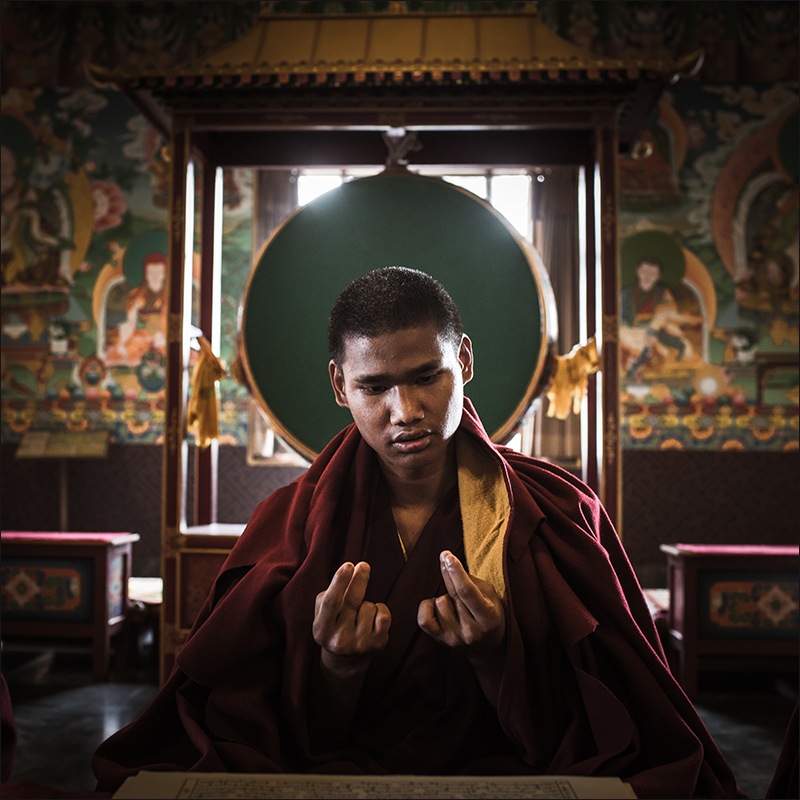
As we get to know North India, we will visit not only the most interesting Buddhist monasteries of different traditions and schools, but also ancient Indian temples. We will meet their priests, visitors and, of course, real sadhus - pilgrim monks who have dedicated their lives to serving God. We will feel like time travellers, going back to when Buddhism was born in India many years ago and went through its most formative stages before Guru Rinpoche brought it to Tibet. All of this is surrounded by incredibly beautiful scenery - mountains and valleys, majestic forests, the famous Himalayan cedars.
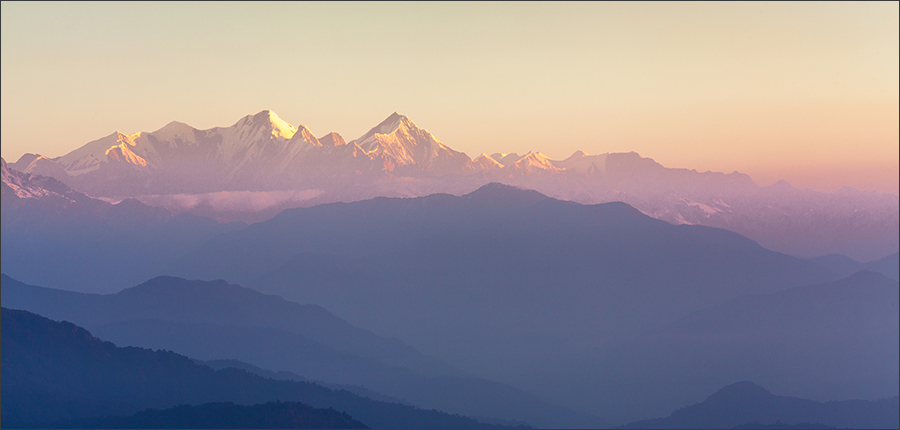
Travelling deep into the country, we reach the tantric monasteries where true Tibetan yogis live and monks spend many months in continuous meditation, reaching an understanding of the true nature of things and undergoing a serious transformation of their own personalities. We will stay overnight in two monasteries, which will allow us to immerse ourselves as much as possible in the atmosphere and life of the monks.
We will be visiting a unique place - a monastery with a long tradition of fostering Tokdens - Buddhist yogis who have achieved a high degree of realisation and understanding of the true nature of things through a lifetime of practice. They are distinguished from ordinary monks by their long hair and white robes. They are practitioners, and the respect and veneration of these people is very great, although there is little information about them. This is by design, so that nothing distracts or hinders them on their path to realisation. There is also a unique retreat house where we will be able to spend some time in meditation or just enjoying the silence and harmony of the place. And if we are lucky, we can have an audience with Rinpoche, who is also staying at the monastery.
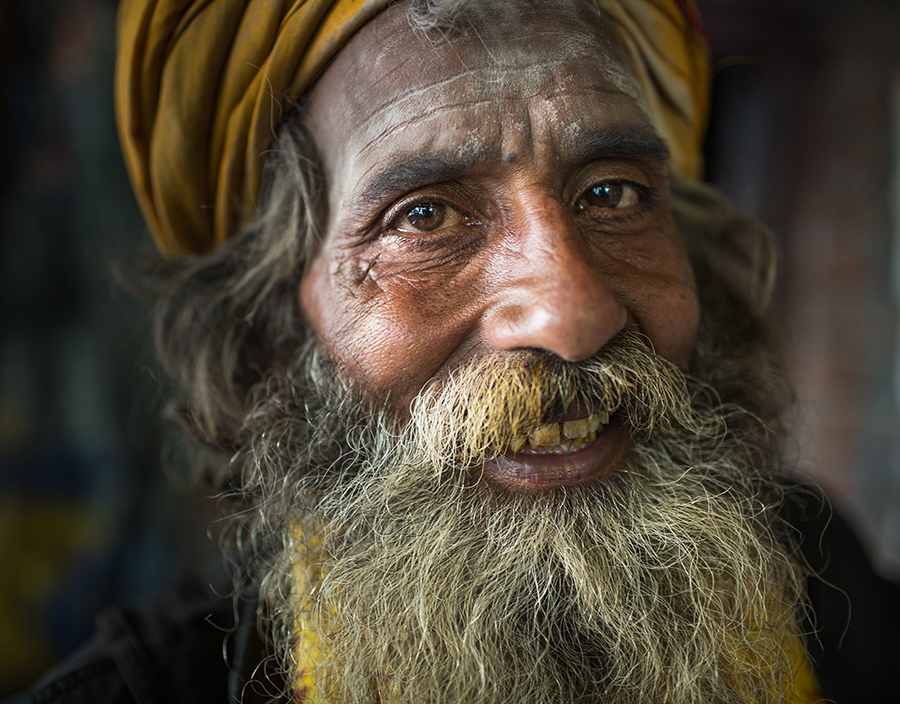
Following the great quest of our compatriot Nicholas Roerich, we will turn towards the Himalayas and travel to the Nagar Valley to visit Roerich's home. We will touch his life, see the original paintings preserved in the house. We will learn more about the quest and the life of this extraordinary man.
We visit ancient Mandi, an ancient Indian town at the crossroads of several paths that have absorbed the spirit of North India. A city of bright colours, contrasts, ancient temples and a place where you can meet many sadhus.
Sadhus are the representatives of Hinduism - the main religion in India - and communication and acquaintance with Sadhus can give a lot in understanding the Indian mentality, outlook and way of life.
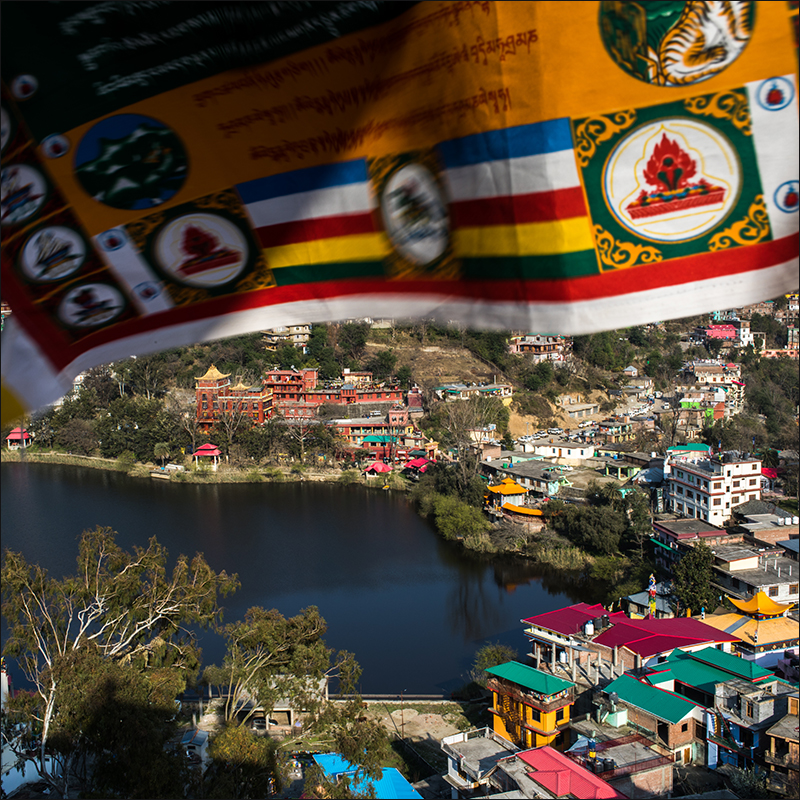
In Hinduism there is no institution of monasticism, but there is a Sadhu. So we can say that Sadhus are wandering monks. People who have given up family, home and ordinary life for the sake of knowing God. Often this knowledge comes through meditative and yogic practices. Many sadhus are yogis.
For a sadhu, a teacher is very important. It is in finding a teacher that the Sadhu's journey begins.
Sadhus still go to villages, meet people and help them with various problems. In the past, when a Sadhu came to a village, many people would gather. The Sadhu would not only help the needy but also tell them what was happening in the neighbouring villages - he was a source of information. Today the real sadhus are very respected people.

A very important point on our journey is the Sacred Lotus Lake - Revalsar. Here we will stay at the monastery of Guru Padmasabhava. Attend pujas with the monks. We will walk the Kora around the holy lake. Most importantly, we will visit Guru Padmasabhava's cave in the mountains above the lake where he meditated. There is now a small monastery next to the cave, and the cave itself can be seen from afar by the many flags that devotees bring there. We will also be able to hang our flags outside the cave.
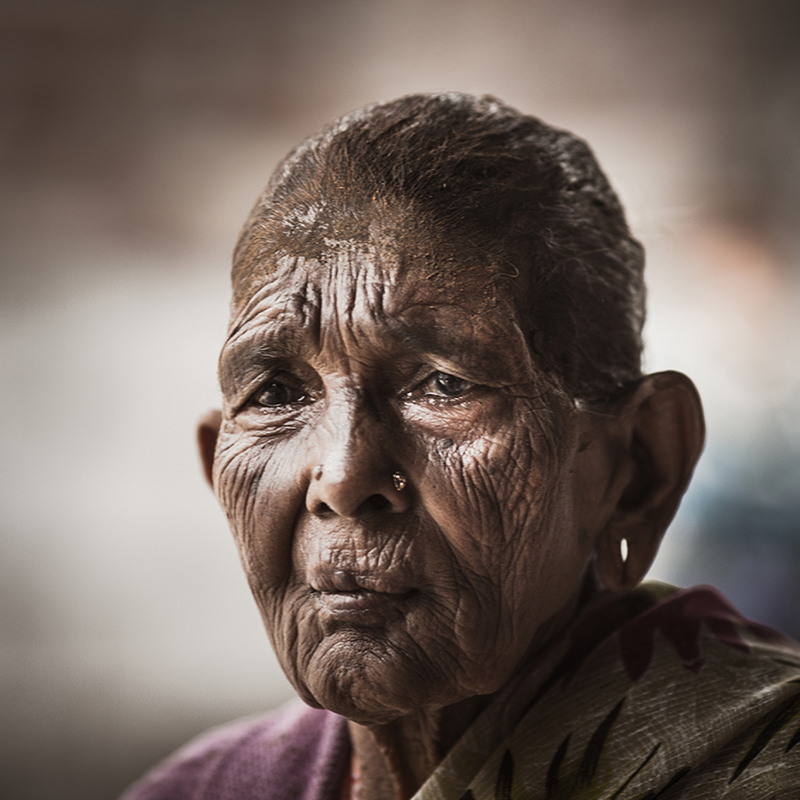
Another highlight of our trip will be the world famous Golden Temple in Amritsar - the main shrine of the Sikhs, which needs no advertising or further introduction. At any time of the day, its purity and grandeur will astound any traveller. Sikhism is also characterised by strict moral rules, purity and equal treatment of all people. Sikhs believe in one God and make no distinction between castes, religions or nations.
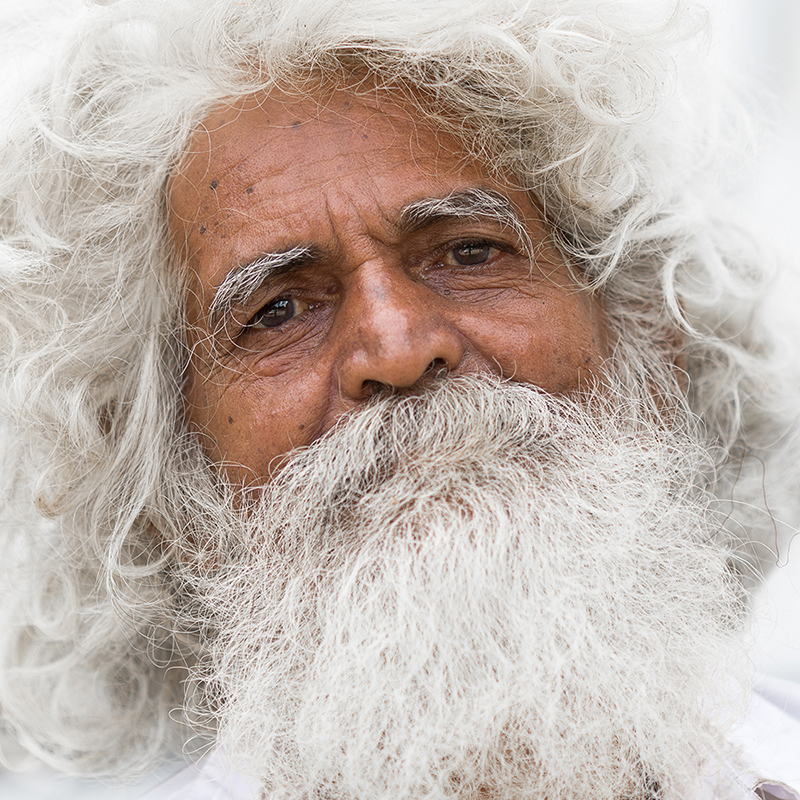
Here we will also visit the cremation ground. And when we remember that the cremation ground is an important symbol of transformation in Tantric Buddhism, and that Guru Padmasabhava himself, whose name will be a common thread throughout our journey, spent much time living and meditating at the cremation ground, we will see how closely the different religions, traditions and cultures of India are linked and intertwined.
And, of course, this trip will be of interest to those who like to look at the world through the lens of a camera. The opportunity to get to know and feel better the world we are going to photograph allows us to take our photography to a completely different level. To reveal not only the external features of people, but also their character, their feelings, their inner state, and sometimes to touch the soul.
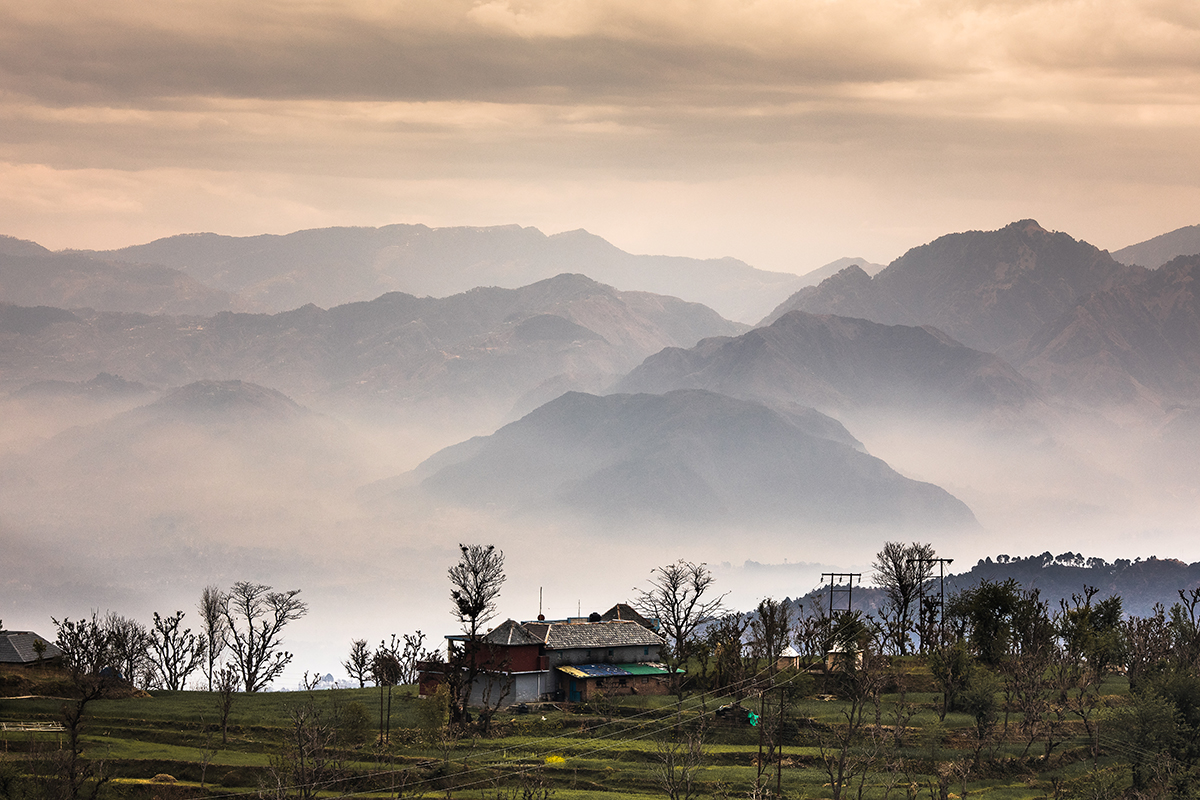
Nature
People often come to India for the culture, but Northern India is also home to some breathtakingly beautiful nature. The mountains alone are worth a visit. It is no coincidence that Nicholas Roerich painted so many pictures of mountains in India, as he considered them to be alive. And mountain lakes, many of which are considered sacred, trees that cannot be covered by even a few people, Himalayan cedars, full-flowing rivers and fertile fields. .... All this has to be seen with your own eyes.
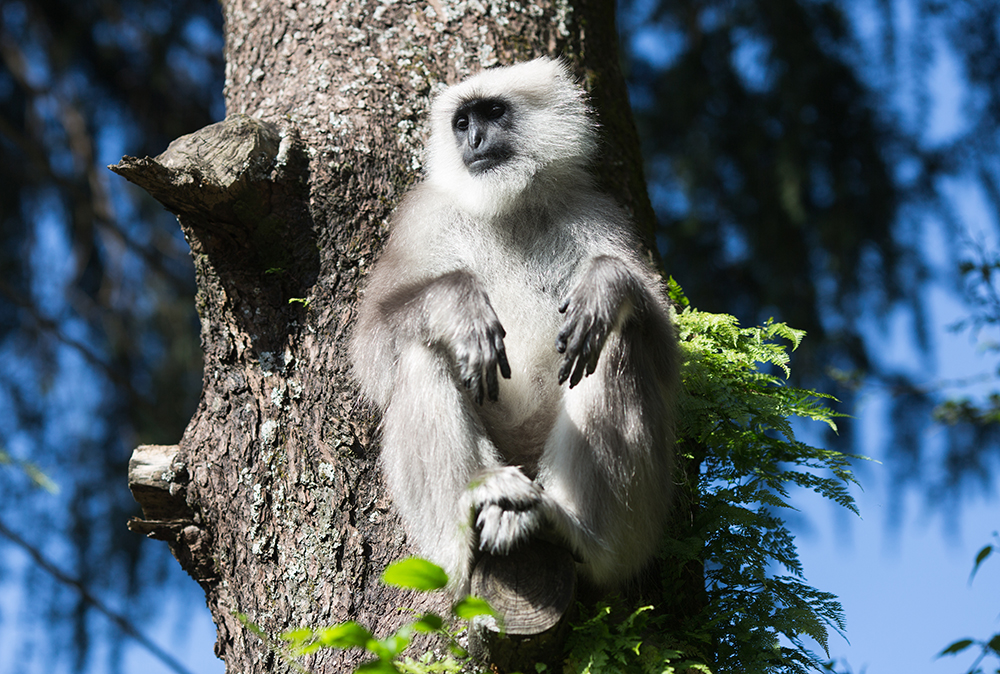
Animals
While all our trips are mainly about people, there is always some contact with wildlife. Indians and Tibetans live in much closer contact with nature and maintain a connection with the animal world. This is reflected in many legends, art objects and deities. Various species of monkeys, mongooses, birds and, if we are lucky, many other animals are often seen on our travels.
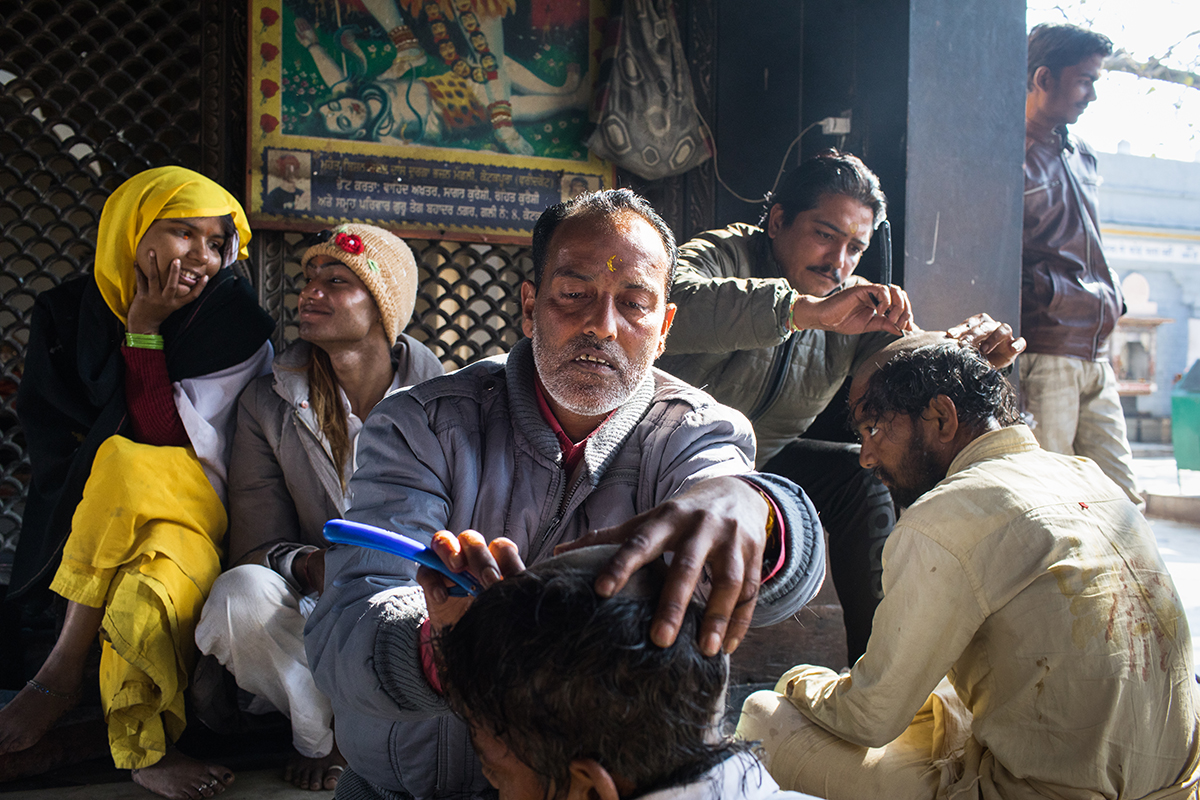
Monasteries and temples
Life in India is inextricably linked with religion. On our tour we will visit several monasteries and, if possible, stay overnight in some of them. We will attend pujas. Interact with the monks. We will learn about different traditions and rituals. We will see ancient frescoes.
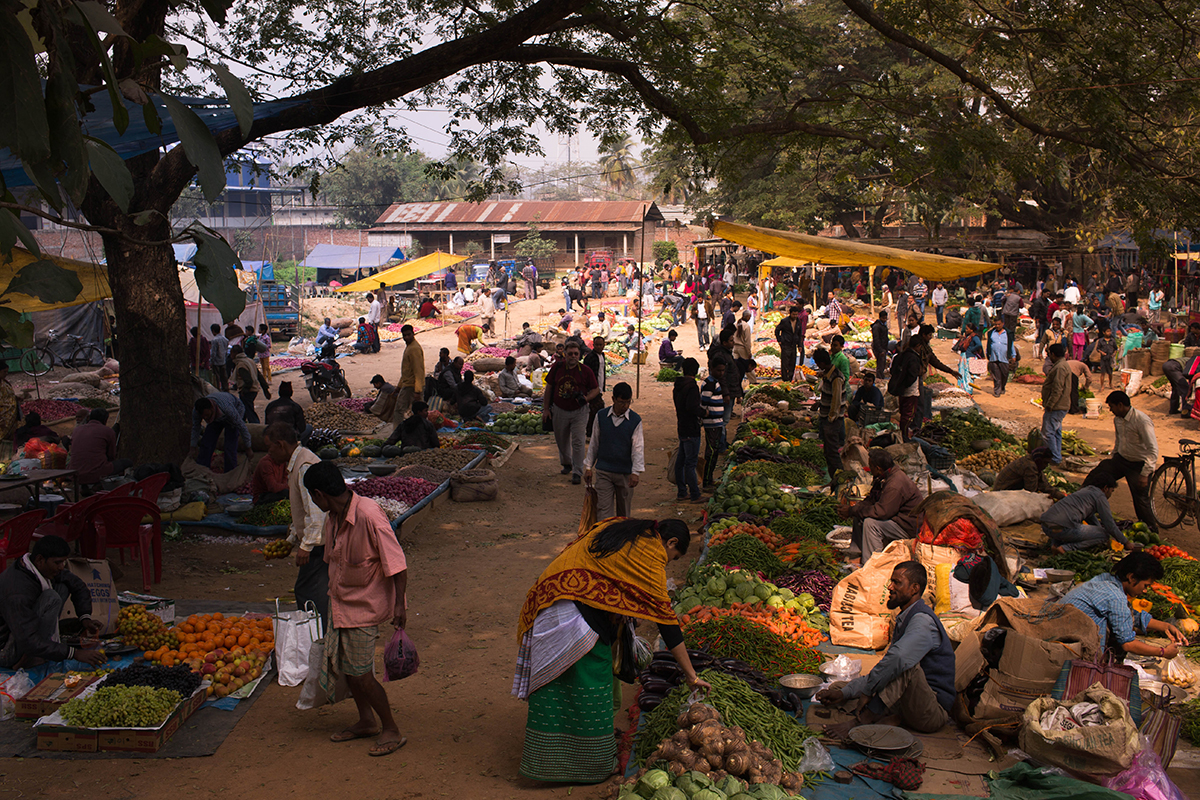
Markets
A market in India is not just a place to buy and sell. It is a place to meet, a place to socialise, a centre of social life. The easiest way to experience the life of a place in its fullest manifestation is to go to a market. And, of course, it is an inexhaustible source of all kinds of life scenes and photographic subjects. That is why markets are an important part of all our trips.
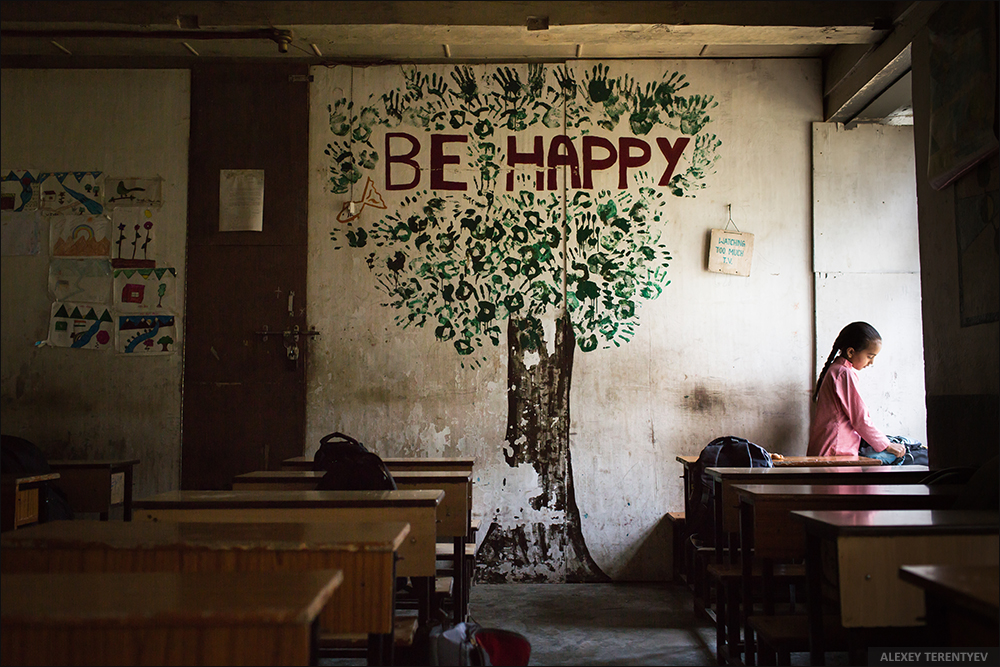
Schools
On our trips we always go to local schools and talk to pupils and teachers. We observe school life. Each region has its own traditions and a school is a world in miniature. We visit a cola factory in a small Indian village and go inside the largest Tibetan school in northern India, which is run on donations. And, of course, we always take lots of photos at schools - as each one has its own unique atmosphere. It's no secret that Steve Macquarie took many of his famous photographs in schools.
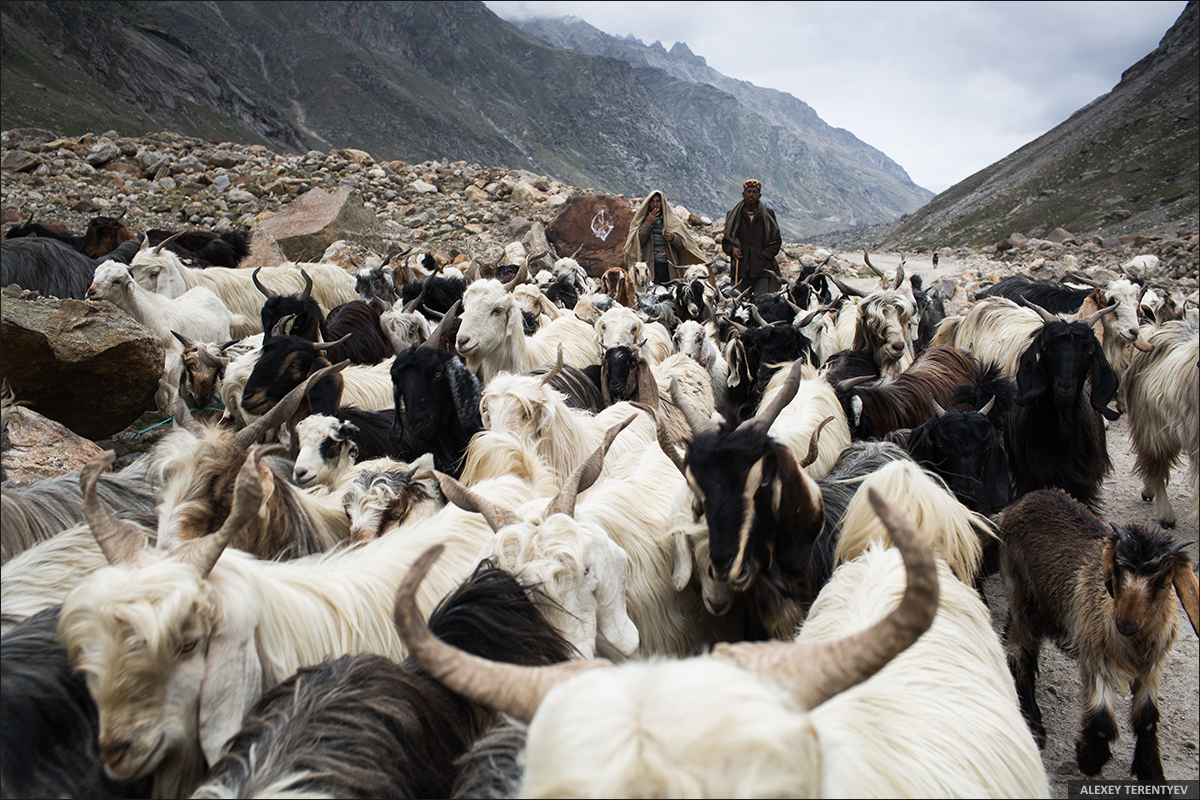
Rural life
Agriculture is one of the main sources of livelihood for most people in India. It is hard work and a way of life, but it is also a source of inspiration - just look at the young green paddy fields soaked in water. And the buffaloes helping to cultivate the land. And the women in colourful saris sifting the grain, just as their ancestors did so many years ago.
Food, Accommodation, Mobility
Maximum comfort and accessibility for participants of all fitness levels are the main principles of our trip. We go for impressions, feelings, communication and photos, not to overcome difficulties and everyday problems. That is why we always have personal transport on the route - comfortable cars with personal drivers. Most of the time it is a Toyota Innova for 3 passengers + driver. We choose hotels with everything we need. We eat in proven places where we can try local dishes and be sure of the quality of the food. We also try to always have the opportunity to choose food that is familiar to our stomachs and not spicy.
Who is this tour for?
This tour is for anyone who loves adventure, who loves to discover and learn new things, who has already been to India and fallen in love with the country, or who has yet to discover this amazing world. There are no restrictions, even the level of comfort and the format of travelling mainly in private cars allows people of different ages and physical fitness to go. If you have any questions, write or call us and we will decide together if this trip is right for you.

The main difference between this tour and others
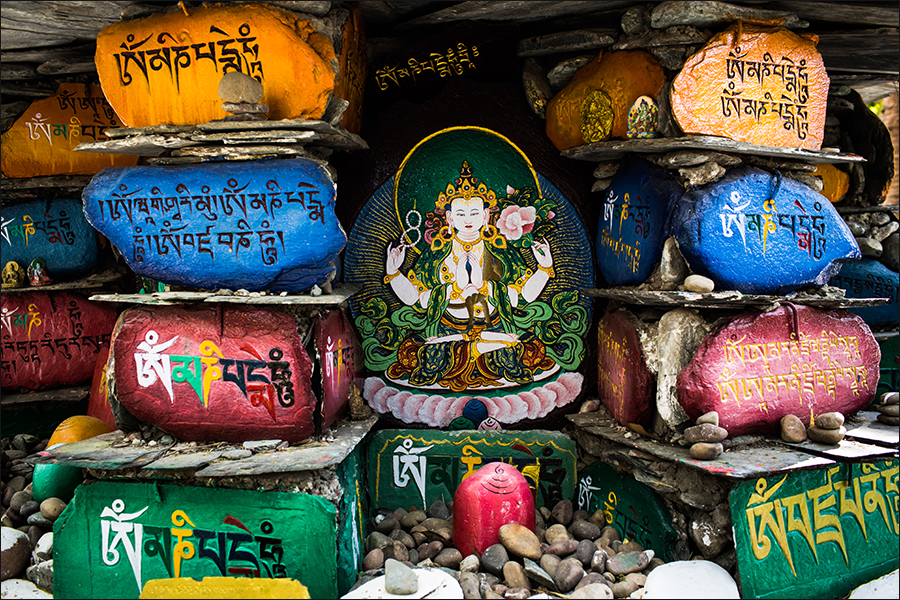
- During the trip we will attend pujas at several Buddhist monasteries, including a tantric monastery of the Nigmapi tradition. We will be able to learn the practice of walking through the kora, including walking through the kora around the Dalai Lama's residence - now a pilgrimage site for many Buddhists who come here specifically. If we wish, we will be able to try the practice of prostrations ourselves.
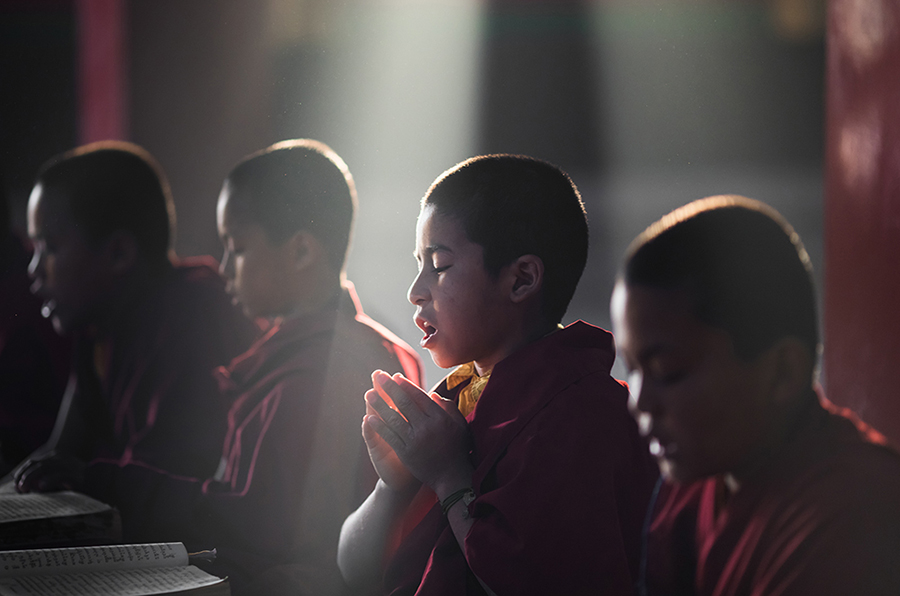
- As part of the tour we will have an intense programme of travel. Almost every day we will meet amazing people and interesting places. Many of these are considered sacred. We will visit a number of monasteries where monks are currently engaged in the practice of Tibetan Buddhism, undergoing retreats and teaching young monks. We will learn the history of the development of Tibetan medicine, see medical tanks, visit the largest centre of Tibetan craft training, see how Tibetans live and study today - the programme is so rich and varied that it is impossible to list it all. And to make the trip as easy as possible, all travel will be in private, comfortable vehicles.
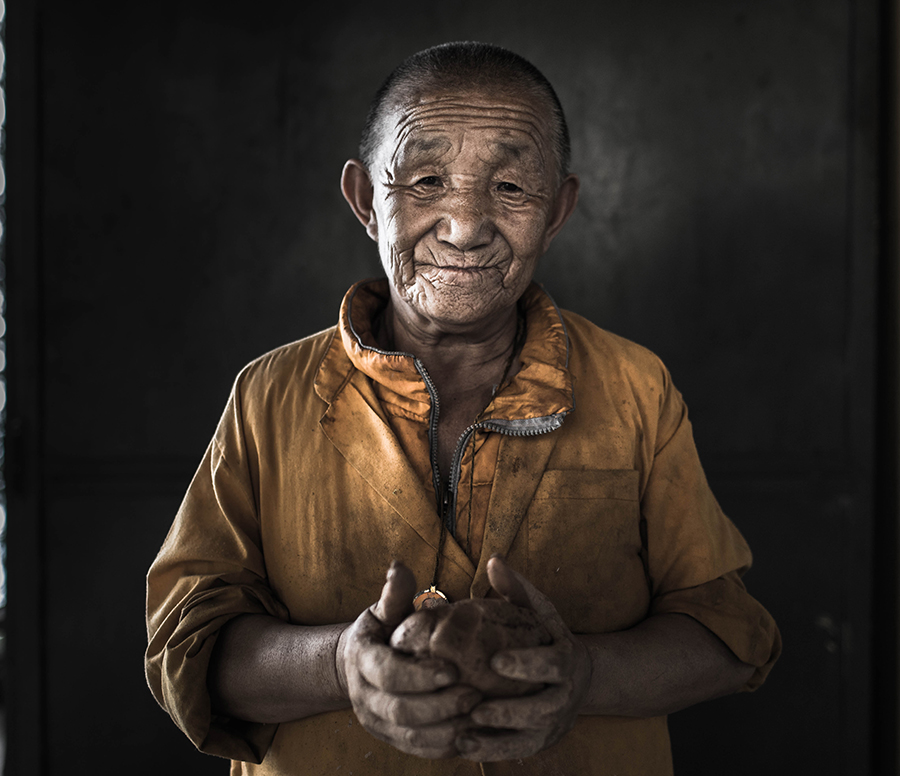
- Photographing people is one of the tools for understanding yourself and the world around you. And also a way to share your feelings with other people. We will do a lot of photography and try to discover through pictures and images all the colour, depth and variety of Tibetan and Indian culture, religion and way of life.
The cost of the trip is $1880 per person based on double occupancy. Single supplement is $350.
The cost includes:
- The author's programme of immersion in Tibetan culture and religion.
- Comfortable coach travel throughout the route.
- Accommodation in hotels with everything you need for the programme.
- All in-country transfers, airport pick-ups and drop-offs.
- Entrance fees to protected areas, national parks and museums.
- Drivers and guides on the itinerary.
- Assistance and escort on the route.
- Theory and practice of Buddhist meditation training.
- Photography programme.

Hotels where we normally stay during our India tours.
Not included in the price:
- Visa.
- Meals. An average of $10-$15 per day.
- Medical insurance.
- Personal spending for souvenirs.
- Tips.
- Flight from your city to Dharamsala and back from Amritsar city. (But we will help you buy the ticket).

Groups are small, so book your seats now. This group, as well as all the programmes presented on my website, will be led by me personally, Alexey Terentyev.
Booking is 30% deposit. The rest is paid on the spot.
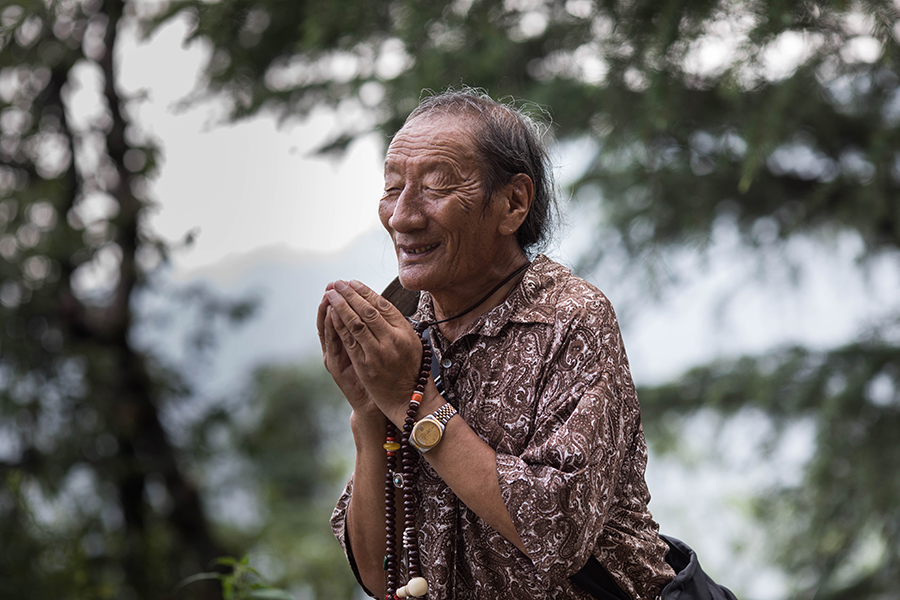
Meeting at Dharamsala airport. Transfer to Mcleoganj. Check-in at the hotel. Meet the group. Depending on the time of arrival of the group, we start to get acquainted with the town.
Depart for the Men-Tsi Khang Institute of Tibetan Medicine. Visit to the clinic. Astrology department. After lunch - Bark. Residence of the Dalai Lama.
Today we visit a large Hindu temple in Kangra. We will visit several monasteries and learn about the cultural traditions of Tibet. We will see how the tanka masters work.
We board our vehicles and head inland to the east. On this day we will visit a unique place - a monastery with a long tradition of cultivating todokens - Buddhist yogis who are thus fulfilled throughout their lives.
Stop at a large and very interesting monastery. Communication with the monks. And on this day a big transfer awaits us to the Nagar valley to the house of Roerich. On the way we will stop at the most beautiful and interesting places.
We spend the first half of the day at Roerich's house. From here we have a beautiful view of the valley, the air is crystal clear, filled with the scent of Himalayan cedar. The second half of the day is dedicated to the life of the hill tribe villages.
We continue into the mountains. Today we stop for an overnight in the iconic town of Manali. Ancient temples, monasteries and beautiful Himalayan cedars await us.
In the morning we depart for the sacred lotus lake of Revalsar, lost in the hills. On the shores of the lake are Buddhist stupas, monasteries, Sikh and Hindu temples. Many legends are associated with this place.
This day is dedicated to the holy lake and its surroundings. Pujas, monasteries and of course Guru Rinopche's cave in the mountains above the lake await us.
Today we travel to the neighbouring state of Punjab - the city of Amritsar. The famous Golden Temple of the Sikhs is located here. There are many interesting stops along the way.
Dawn at the Golden Temple of the Sikhs. Mata Temple. Cremation ground and border closing ceremony.
We meet at dawn and dusk at the main shrine of the Sikhs - the Golden Temple. This place is world famous and needs no introduction. Everyone will be able to perform the ritual of ablution in the water that washes the Golden Temple, as millions of devotees
Обучение фотографии с полным погружением. Авторское путешествие по Ярославской области.